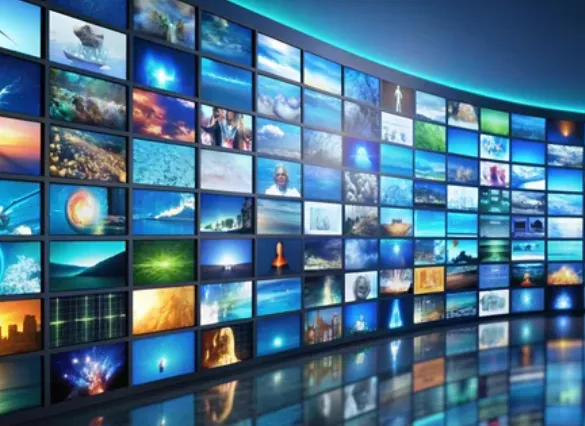
Multimedia integration into various fields has revolutionized how information is presented, processed, and understood. Multimedia, a combination of text, images, audio, video, and interactive elements, is now more prevalent than ever in technology and science. So why the multimedia is so popular? In this article, we’ll explore several key reasons why multimedia continues to grow in popularity within technology and science.
Key Reasons for the Rise of Multimedia in Technology and Science
These points will help clarify how multimedia transforms the communication and application of scientific and technological information.
1. Simplifies Complex Concepts
Explaining complex processes and concepts in fields like technology and science can be challenging. Multimedia tools, such as animations, interactive simulations, and infographics, make it easier to convey intricate information visually. For example, animated models of molecular structures or virtual reality demonstrations of engineering principles allow users to see concepts in action. By engaging multiple senses, multimedia helps break down sophisticated ideas, making them more accessible to a wider audience.
2. Engages Diverse Learning Styles
People absorb information in various ways, including visual, auditory, and kinesthetic learning styles. Multimedia can cater to all these preferences by incorporating elements like graphics, narration, and interactive exercises. For instance, educational platforms often use multimedia to teach scientific theories through video lectures, sound recordings, and hands-on simulations. As a result, this inclusive approach supports more effective learning, meeting the needs of a diverse audience.
3. Enhances Data Visualization
Technology and science generate large amounts of data that can be difficult to understand when presented solely as numbers or text. Multimedia improves data visualization through charts, graphs, heat maps, and 3D models, transforming raw data into insightful visual representations. Whether displaying climate change patterns or analyzing genome sequences, data visualization enables scientists and technologists to observe trends, make connections, and communicate findings more effectively.
4. Improves Remote Collaboration
Multimedia tools are vital in enabling remote collaboration in technology and science. Researchers and developers can share videos, interactive presentations, and live demonstrations to collaborate with colleagues worldwide. Platforms like Zoom, Microsoft Teams, and virtual labs use multimedia to facilitate real-time communication and data sharing. These tools bridge physical distances and allow team members to engage more fully, improving the collaborative process.
5. Supports Experimentation and Simulation
Multimedia enables safe, controlled experimentation through digital simulations and virtual environments. For example, engineers can test structural designs in virtual reality (VR) before building physical models, while medical students can practice procedures on virtual patients. By offering realistic yet risk-free simulations, multimedia provides professionals and students with practical experience that would otherwise be costly or risky.
6. Expands Public Engagement and Awareness
Science and technology impact society, and multimedia effectively engages the public and raises awareness. Documentaries, interactive exhibits, and augmented reality (AR) applications help make scientific discoveries and technological innovations more relatable and accessible to the public. By using multimedia, organizations and researchers can communicate findings in an engaging way, sparking curiosity and encouraging public understanding of complex issues, from space exploration to climate science.
7. Enhances Accessibility and Inclusivity
Multimedia promotes accessibility by providing alternative ways to access information, making all technology and science content inclusive. For example, videos with subtitles, narrated presentations, and interactive diagrams accommodate individuals with different abilities. These multimedia features help ensure that people with visual, auditory, or learning disabilities can engage with scientific and technical material, making information accessible to a broader audience.
Conclusion
In short, multimedia has become an invaluable tool in technology and science, transforming how information is shared, understood, and applied. Its ability to simplify complex data, engage various learning styles, and facilitate collaboration makes it an essential part of modern science and technology fields. For those wondering what is multimedia, it’s clear that it’s far more than a tool—it’s a bridge that connects knowledge with understanding, making it essential for future advancements in technology and science.
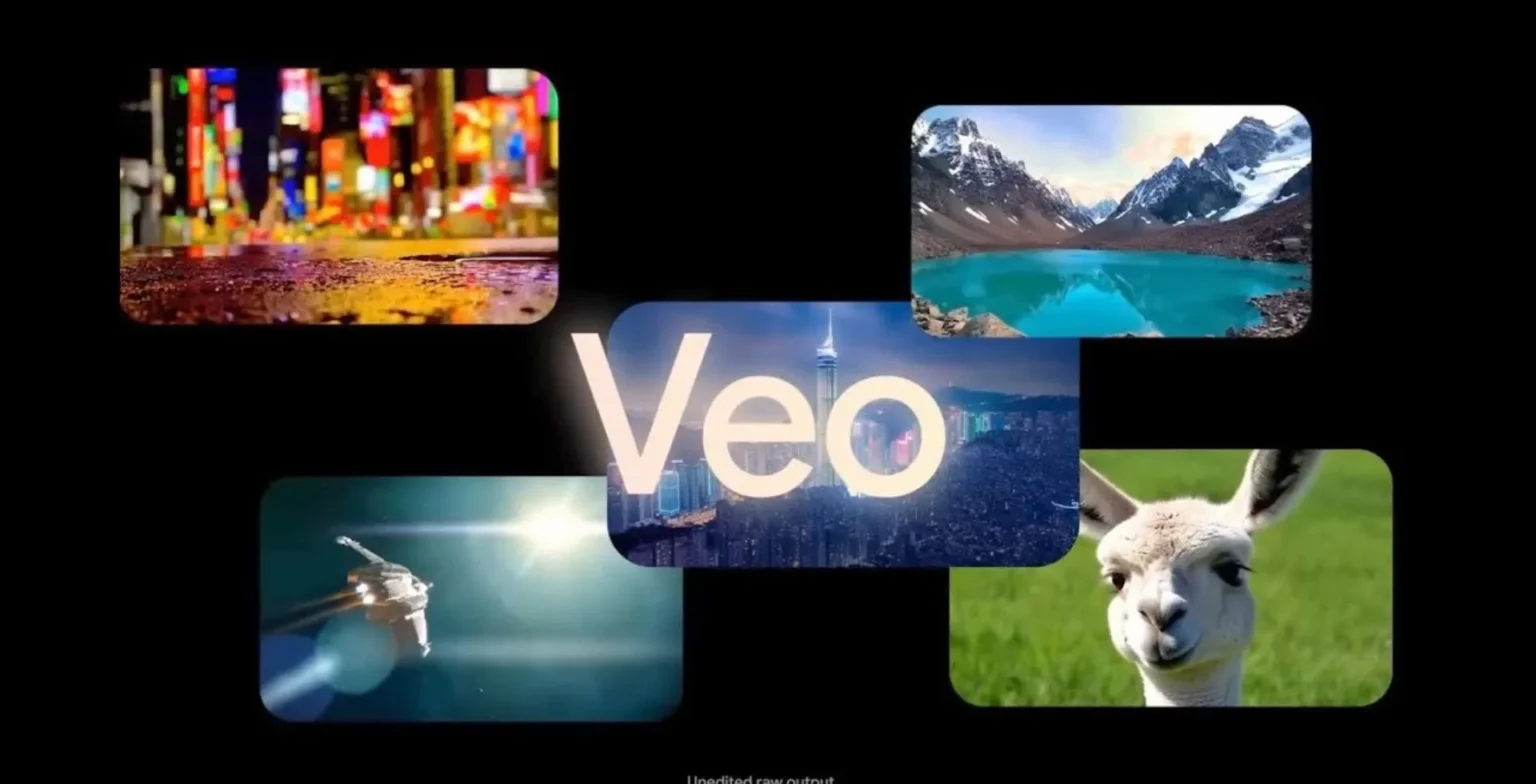




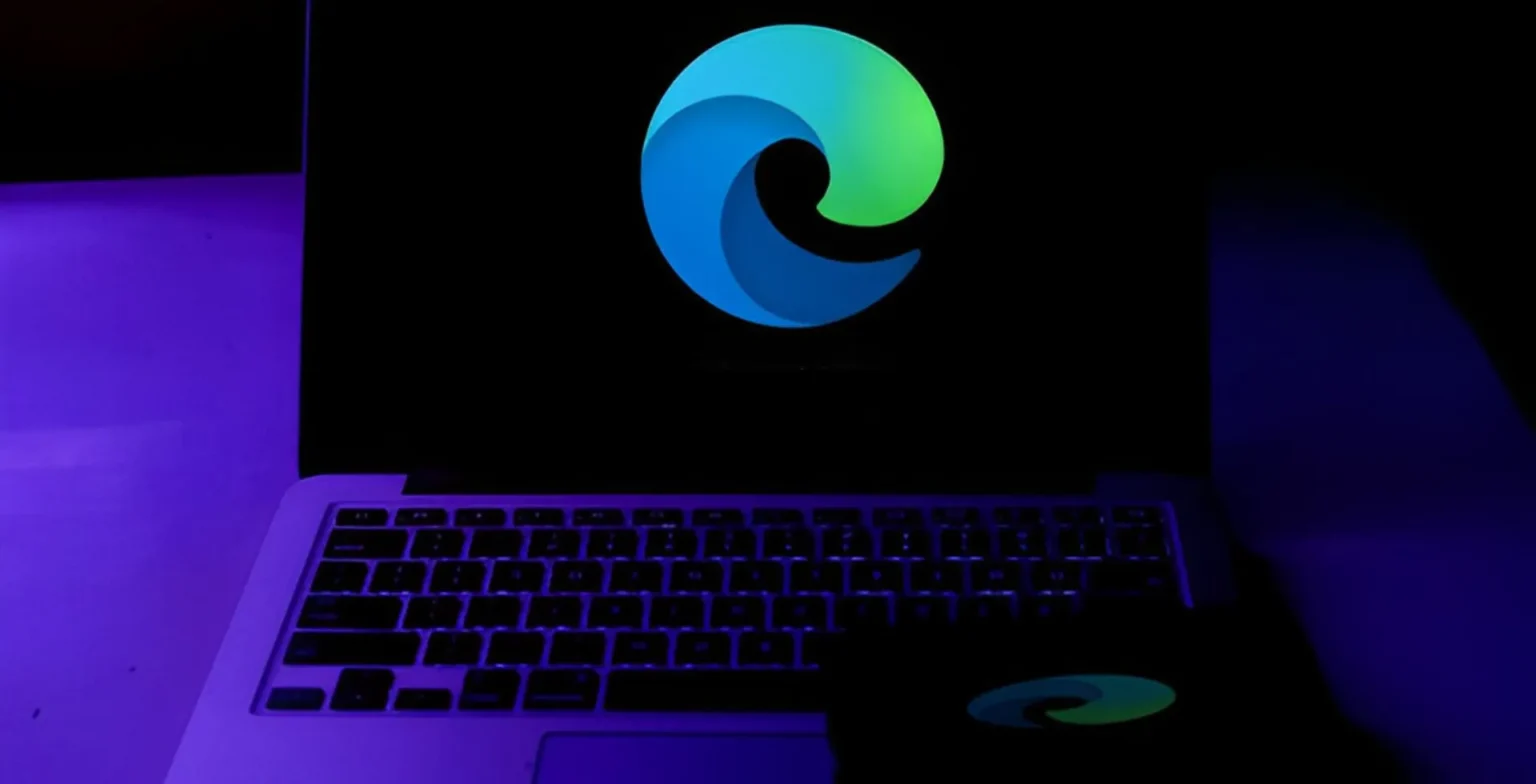
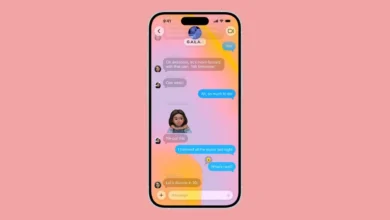

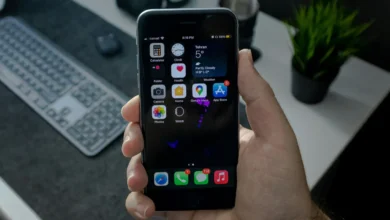

![how to make your tiktok account private]](https://wikitechlibrary.com/wp-content/uploads/2025/09/how-to-make-your-tiktok-account-private-390x220.webp)

